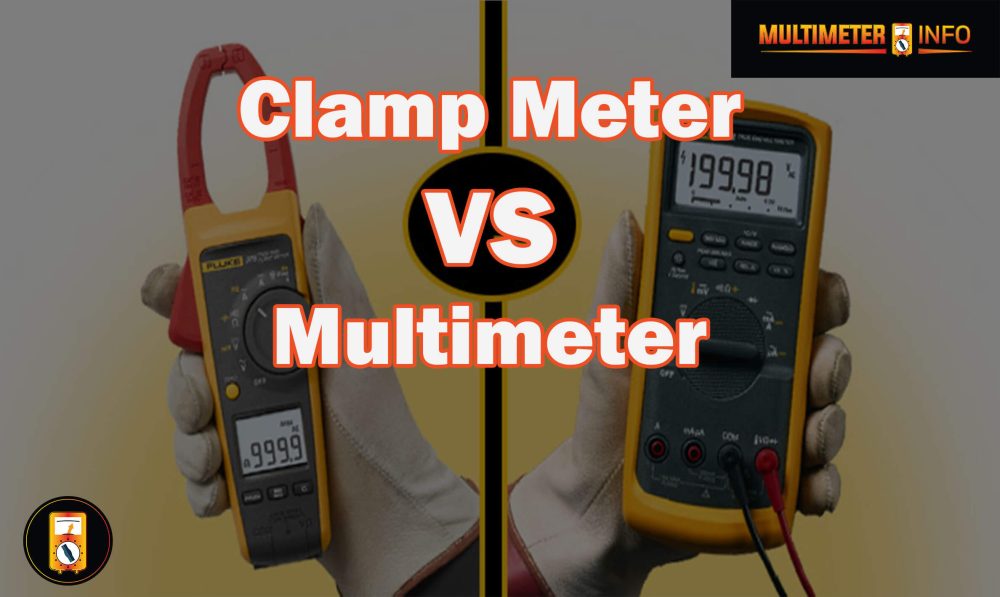If you’re a do-it-yourselfer, having the right tools and knowing how to use them can easily become your ticket to tackling most small projects. One of the most important tools that should be in any DIYer’s toolkit is a multimeter — which allows for accurately measuring voltage, Current, and Resistance. In this post, we will show you how to measure resistance with a multimeter so that you can diagnose problems related to electrical components in your projects or tackle household wiring tasks. Read on for our step-by-step instructions!
What is a Resistor?
Resistors are essential components in any electrical circuit. They play a vital role in regulating and controlling the flow of electrical energy and voltage within a system.
Resistors come in two basic types:
- Linear Resistors
- Non-linear Resistors
Linear resistors can further be broken down into two categories: fixed-value resistors (such as regular through-hole resistors) and variable resistors (potentiometers). Fixed value resistors are typically used to maintain a constant resistance, while variable resistors can adjust their resistance depending on user needs or environmental conditions.
The main purpose of a resistor is to reduce current flow, control signal levels, divide voltages, and subtract or add impedance to circuits. In addition to their basic function, resistors can also be used for many other applications including heaters, thermistors, light sensors, and buzzers.
What is resistance and how do you calculate resistance?
Resistance is a measure of opposition to the flow of electric current. It is measured in ohms, which is represented by the symbol Ω (Omega). Resistance affects the amount of current that can flow through a circuit for a given voltage. The higher the resistance, the lower the current will be.
The resistance of an object or material can be calculated using Ohm’s Law, which states that resistance equals voltage divided by current (R = V / I). This means that if you know two out of three values—voltage, current, and resistance—you can use Ohm’s Law to calculate the third value.
For example, if you have 12 volts and 0.5 amps flowing through a circuit, you can calculate the resistance by dividing 12 by 0.5, which equals 24 ohms.
Using Ohm’s Law can be a good way to troubleshoot electrical circuits, as it helps you identify if any components are not working correctly. By measuring the voltage, current, and resistance of each component in a circuit before and after installation, you can make sure that no parts have been damaged or incorrectly installed. This is also helpful when replacing components since you will know what values they should have when they are new and functioning correctly. Knowing these values can help you determine whether the replacement part is indeed working properly.
By understanding how resistance works and calculating it using Ohm’s Law, you can gain a better understanding of electricity in general and make informed decisions when working with electrical components.
How to Measure Resistance with a Digital Multimeter?
Measuring resistance with a digital multimeter requires you to select the correct position on the rotary switch and connect the test leads to the part being tested. Follow these steps to measure resistance:
- Make sure to turn the power to the circuit OFF before connecting the digital multimeter.
- Turn the rotary switch on the digital multimeter to Resistance (Ω) mode, and the display should show OLΩ as reading even before test leads are connected to a component.
- Insert the black test lead into the COM jack first, then insert the red lead into the VΩ jack.
- Connect the test leads across the component that you would like to measure resistance for, making sure there is good contact between them and the circuit being tested.
- The meter will then give you its reading in ohms (Ω).
- When finished testing, make sure to remove the red lead from the VΩ jack first, followed by the black lead from the COM jack.
Measuring resistance with a digital multimeter is an important skill to have when working on electrical circuits. By making sure you follow the correct steps and select the right rotary switch setting, you can accurately measure resistance and identify any problems with a circuit.
In what units is resistance measured?
Resistance is measured in ohms, abbreviated as Ω. One ohm is equal to the resistance between two points when a potential difference of one volt, applied across these points, produces a current of one ampere in the circuit.
Ohm’s Law is often used to calculate the resistance of a circuit. It states that the current through a conductor between two points is directly proportional to the potential difference across those two points. Using this law, you can calculate how much resistance there is in a circuit when given certain information about voltage and current.
For example, if you know the voltage and current of a circuit, you can use Ohm’s Law to calculate its resistance: Resistance = Voltage/Current. Knowing the resistance of a circuit can be useful for troubleshooting electrical systems or designing new ones.
Understanding how voltage, current, and resistance work together is essential for understanding electricity and electronics. By measuring these three quantities in ohms, you can get an accurate representation of the behavior of a certain circuit. It is important not only to know what units resistance is measured in but also how they all interact with each other.
Frequently Asked Questions:
Resistance is a measure of how strongly a material opposes the flow of electricity. Measuring resistance with a multimeter can identify faulty components in an electrical circuit, or confirm that a new connection is properly wired.
A digital multimeter (DMM) is the preferred instrument for testing resistance. The DMM allows for precise readings because it uses electronic circuitry to accurately measure electrical properties such as current, voltage, and resistance quickly and effectively.
Make sure to set the multimeter to its “Resistance” (or “Ohms”) mode before testing resistance. This allows the instrument to measure the amount of opposition that a material offers to electric current in ohms.
Multimeters are ideal for resistance testing because they are highly accurate, portable, and simple to use. Furthermore, most modern models include troubleshooting features such as auto-ranging and data logging. A multimeter can measure electrical resistance in various components and circuits quickly and accurately.
Multimeters are ideal for resistance testing because they are highly accurate, portable, and easy to use. Furthermore, most modern models have features like auto-ranging and data-logging capabilities that make troubleshooting easier. A multimeter can measure electrical resistance in various components and circuits quickly and accurately.
Final Note:
Testing resistance with a multimeter can be a simple and informative way to identify problems in the circuit. However, it is important to remember that safety should always come first. You must insulate your hands and wear glasses when taking measurements to avoid any possible electric shock or damage to your eyesight. Furthermore, make sure you understand the settings of your multimeter before beginning, as incorrect readings could lead to inaccurate results and false conclusions. By following the right steps, you will be able to effectively test resistance with a multimeter and keep your circuits running smoothly.





